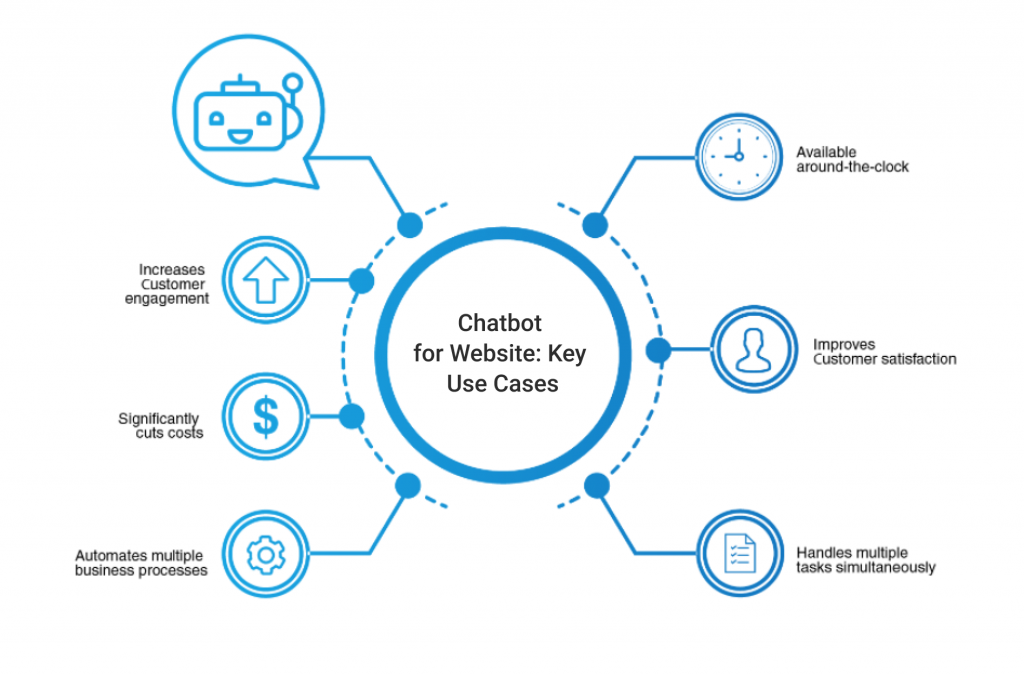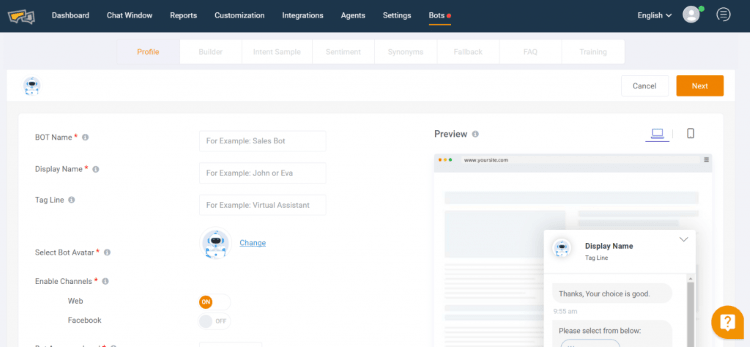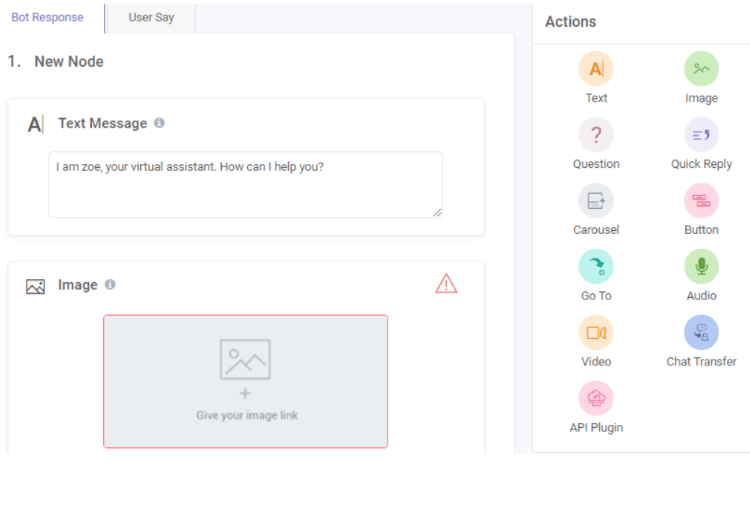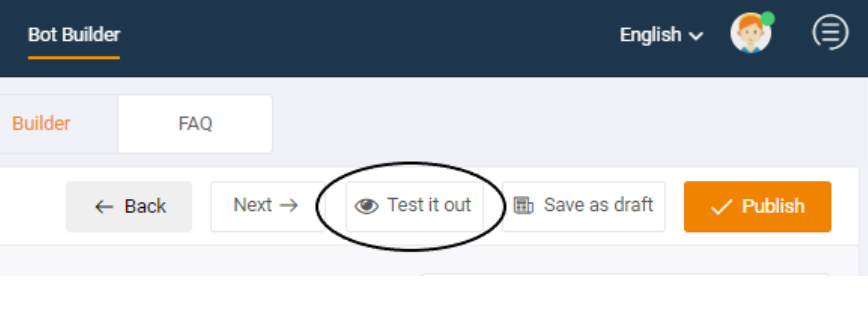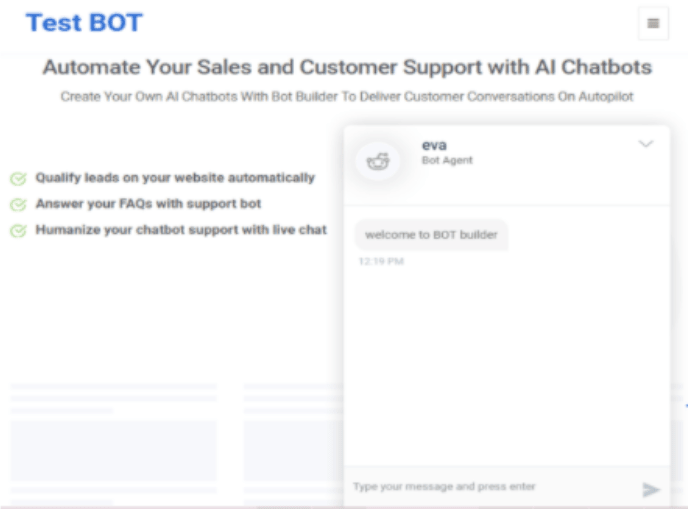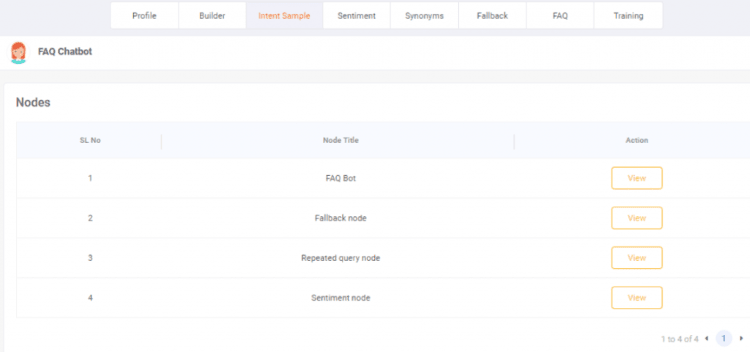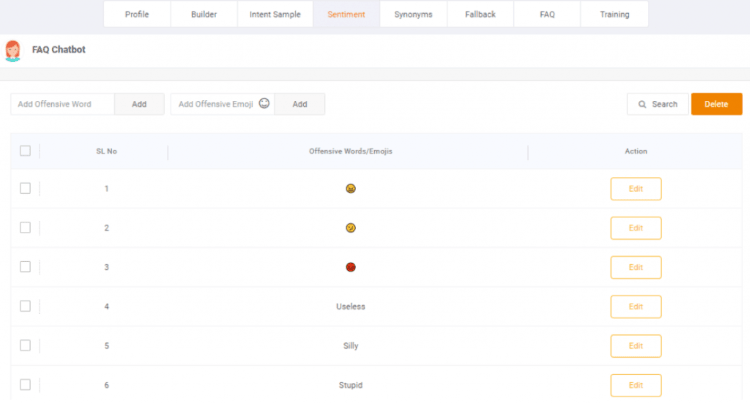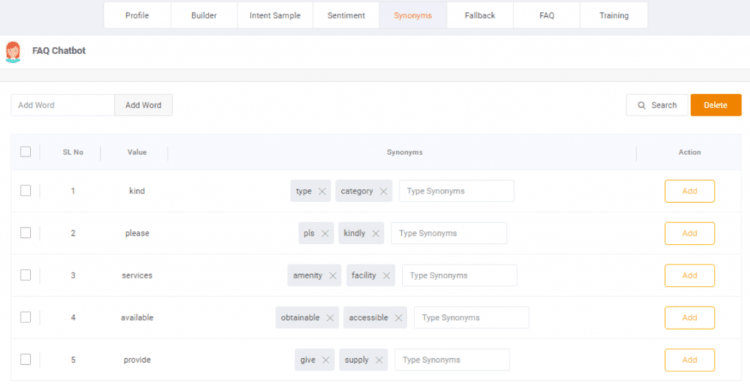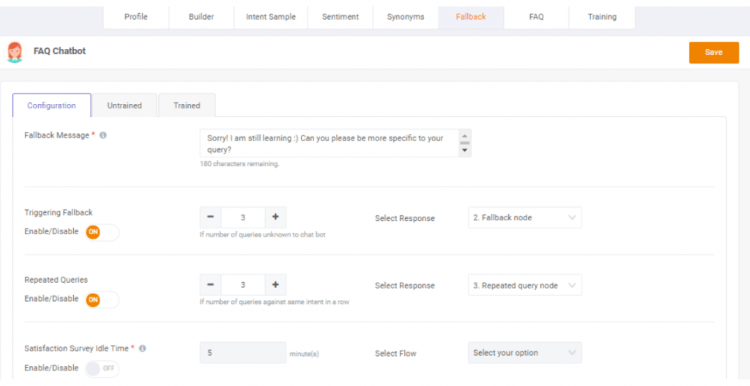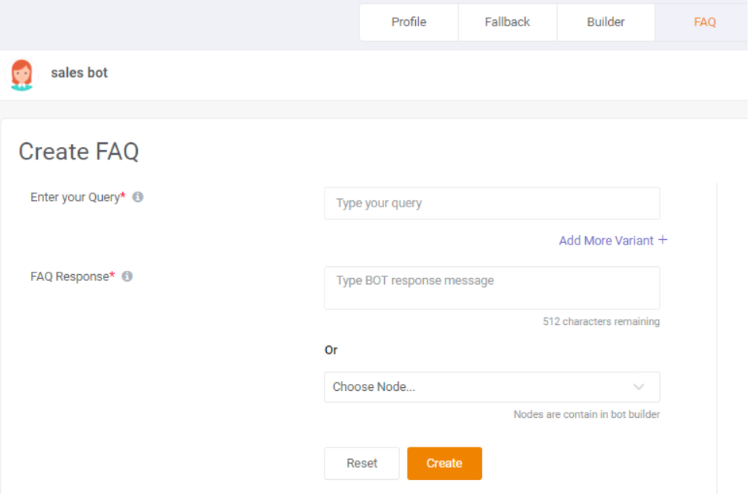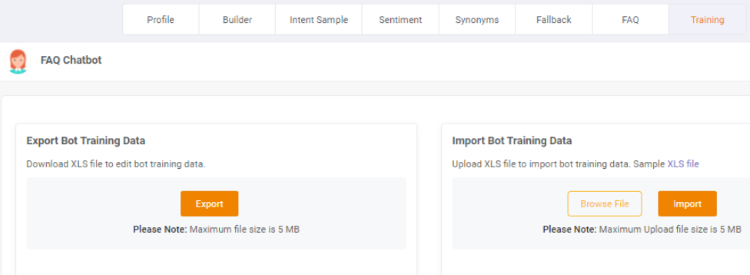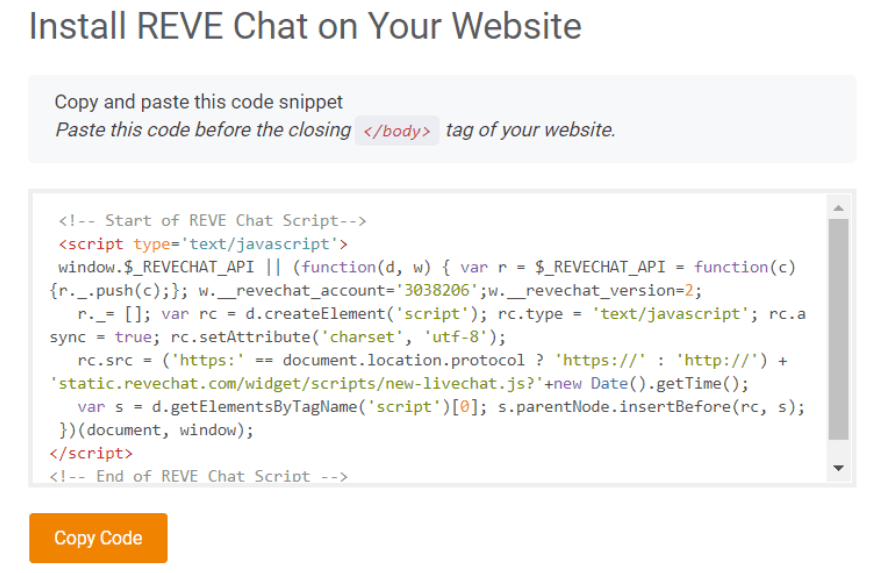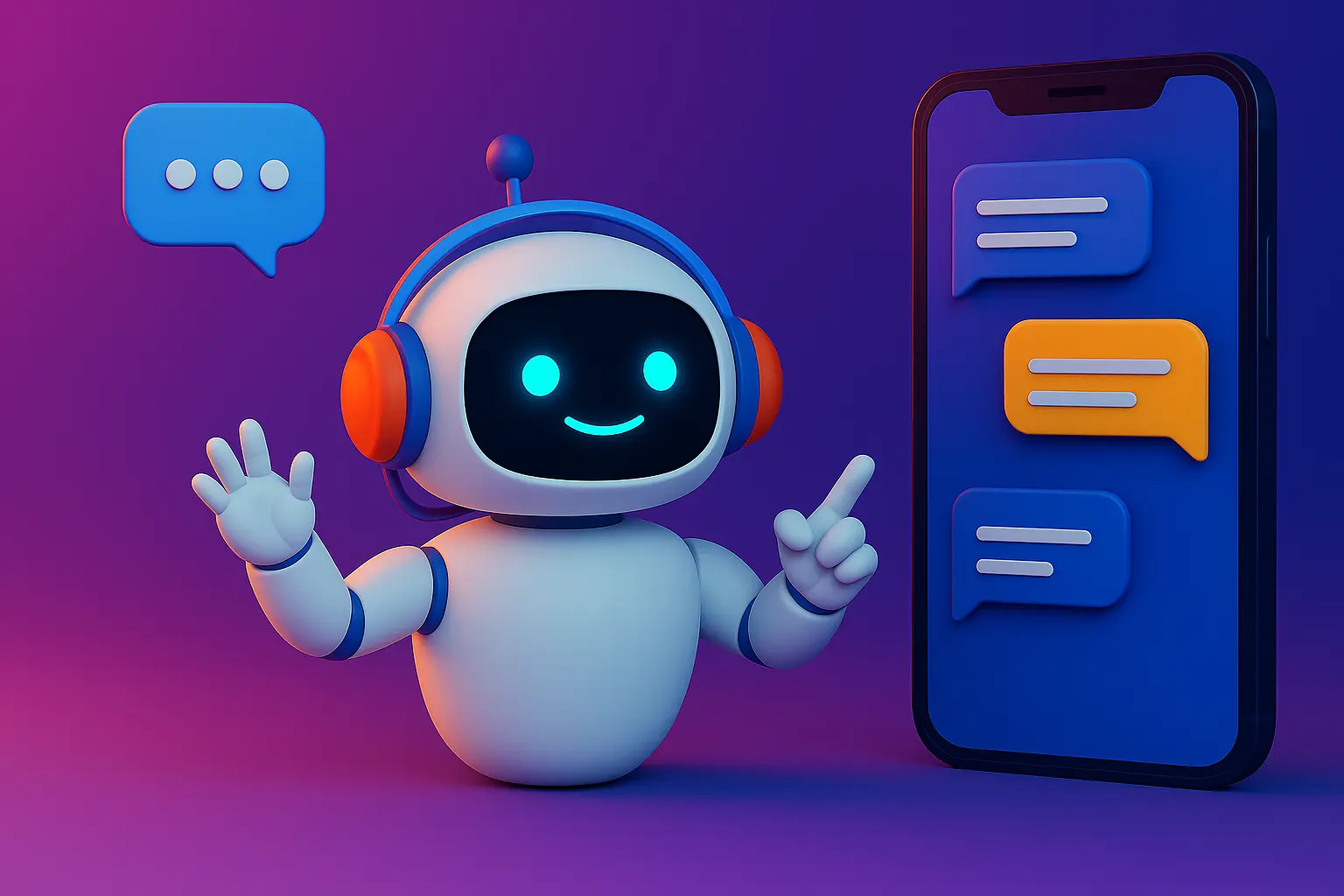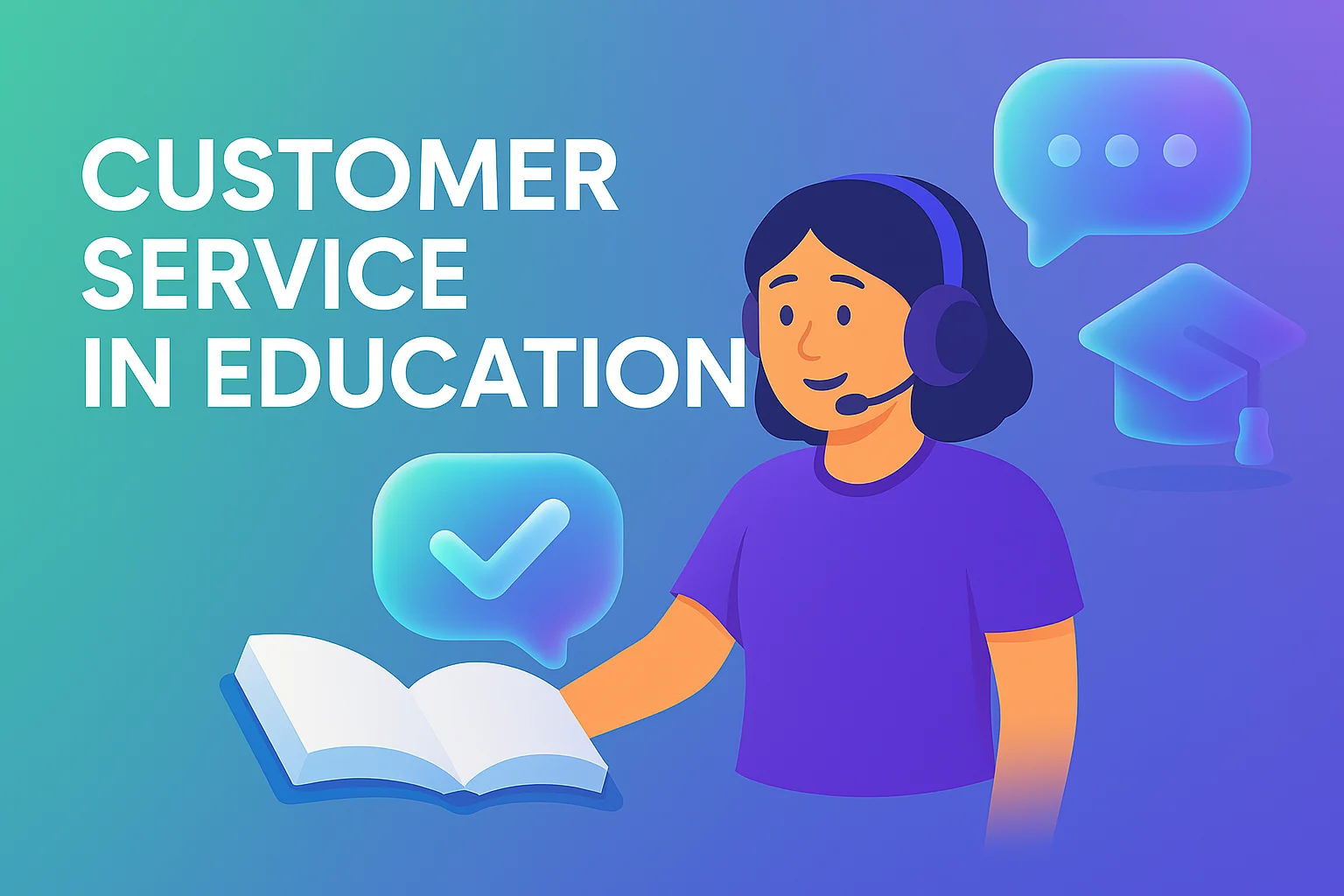10 Simple Steps to Create a Chatbot For Your Website
- October 15, 2020
- 13 mins read
- Listen

You can build a chatbot without advanced coding skills.
Sounds exciting, doesn’t it?
Well, it’s!
There are platforms that can help you build conversational bots without writing a line of code.
And by building a chatbot, your business can engage visitors smoothly and address queries in real-time.
Quite like those 40% of businesses that have some type of virtual assistant or have implemented chatbots for customer support services.
Similarly, chatbots have become quite an important tool these days because the website is now the main source to deliver online support and generate leads.
Using AI-powered bots, you can mitigate customer frustrations like long wait times and improve the user experience.
But before diving headlong into the steps of creating bots, you should learn about key chatbot use cases for your business and their benefits.
Chatbots for websites: Key use cases
80% of marketers are using chatbots in some way and more brands are investing in them to improve the customer experience. Since bots are proficient in resolving common queries while reducing the need for human interaction, they are increasingly leveraged across industries in different aspects.
Here are some main categories of chatbot use cases to enhance business productivity.
- Automation of common queries – You can automate the common queries with AI chatbots and engage customers by delivering real-time responses 24×7.
- Increased conversion rates – Utilizing an FAQ bot can not only boost your customer satisfaction levels but also your number of customers due to increased conversion rates.
- Better sales assistance – You can deploy sales or appointment booking chatbot template to deliver instant answers to sales-related queries and pre-qualify leads when the sales team is busy or not available.
- Superior customer engagement – Conversational AI chatbots can help your customers start a conversation anytime and resolve their queries quickly, thereby increasing engagement levels exponentially.
- Effective marketing – AI-powered chatbots can be part of your marketing initiatives and help push your customers seamlessly through your sales funnel.
- Easy information collection – Businesses can deploy the best chatbots to collect basic customer information like email or contact numbers to create customer profiles.
- Lower support costs – You can reduce customer service costs up to 30% with smart chatbots on websites and handle thousands of conversations which speeds up the response times.
10 Easy Steps to Create Chatbot for Your Website
You can build a chatbot for your website in two ways – either from scratch or by using chatbot templates. When you build a bot from scratch, there are certain steps to be followed for making the website chatbot successful.
A step-by-step guide is always helpful when it comes to building a chatbot for your business.
- Define Your Goals
- Customize Your Bot Profile
- Choose the Triggers for Your Chatbot
- Build Your Bot Flow
- Create Intent Sample
- Develop the Bot’s Sentiment Analysis Feature
- Configure Synonym for Your Bot
- Define the Fallback Scenario
- Add FAQs
- Train Your Bot
Let’s look into each of the steps;
1. Define Your Goals
The chatbot you want to create for your website has to work as per the specific business requirements.
So, before you build one, it is vital to outline your goals and define the needs.
It’s equally important to identify the business functions and tasks that you need to be automated.
Before building a bot, you should know what AI chatbots are capable of doing and what they can’t do. You also need to know the type of problems you want solutions for.
Why do you need chatbots?
- Drive sales or collect leads by booking appointments, demos, sign-ups, etc.
- Enhance online presence by engaging customers 24×7 when the support team is busy.
- Automate customer support with FAQs and deliver hybrid support as the bot will handle simple queries and transfer the complex ones to the live agents.
- Collect customer feedback to understand their satisfaction level and improve customer experience.
2. Customize Your Bot Profile
Customization helps add a humanized touch to your bot and makes user interaction comfortable and friendly.
Customizing the bot’s personality and tone of voice is vital for two reasons:
- It creates a deeper understanding of the end objective.
- It helps you understand how the bot will communicate through a choice of language, tone, and style.
To customize your bot profile, you first need to log in to your REVE Chat dashboard and click on the “Bot Builder ”.
On clicking it, you get the option to “Create New Bot”.
When you click on ‘Create a new bot’, you get the following options to customize your bot profile.
Different ways to customize your bot profile
BOT name – Name your bot for internal business purposes as customers won’t be able to see this name. For e.g. Sales or Customer Service bot.
Display name – Give a name to your bot that matches your personality and makes customers feel as if they are interacting with the human agents. For example, Eva or Zoe.
Tagline – Set a designation of the chatbot, which is also be displayed to visitors and customers.
BOT Avatar – Personalize your bot by choosing an avatar from the gallery or upload anything of your choice.
Channels – REVE Chat offers two channels for bot communication. (i) Website (ii) Facebook.
Bot Accuracy levels – Select the query matching the accuracy level in percentage.
Set priority of bot and human agent – You can choose from the three options to set the priority of bot and human agent for seamless communication.
3. Choose the Triggers for Your Chatbot
Chatbots will start conversations as and when you decide for it.
You can set triggers for the bot to start the chat with customers. Based on the type of trigger you select, the bot will be able to converse.
REVE Chat offers four main proactive chatbot triggers with sub-options.
You can trigger the bot for;
(i) All
(ii) New Visitors
(iii) Returning Visitors
When you choose (i) All, the bot will fire triggers to all your website visitors without any specific conditions.
When you select (ii) New Visitors, the bot will fire triggers only to the new visitors to your website by sending customized greeting messages like: “How may I help you?”
When you choose the (iii) Returning Visitors, the bot will fire triggers to the same or repeat customer by saying “Good to see you! How may I help you today?”
You will have other options as well to trigger the bot.
Trigger the BOT for clicking on the chat banner – The bot will fire triggers only when the visitor clicks on the chat widget.
Trigger the BOT based on URL – The bot will fire triggers when any visitor moves on to a specific page selected by you on your website.
Trigger the BOT based on browsing duration – When the visitor stays on your website for a specific time then the trigger will be fired on choosing this trigger event. Suppose your visitor stays more than 3 seconds on the pricing page, the bot will trigger “ Get 10% discount off on today’s sign up”.
4. Build Your Bot Flow
Now, we come to the most important part while building your chatbot.
Building the conversational flow is meant to help you organize your content and frame the bot’s answers.
You define the bot flow with nodes and actions.
Node – It is a specific scenario or a part that you want to execute the overall bot flow. It could be anything – a welcome greeting or a product overview. These messages are set according to the bot flow.
Actions – Actions are defined as interactions that chatbots can make with visitors. With actions, you can add different elements as described below to drive your conversations forward in a pre-defined manner.
Learn more about the different actions offered by REVE Chat.
You have to add new nodes with the help of different actions to build the bot flow.
For example, add the required actions such as the text message, image, carousel, video chat option depending upon your business requirements.
The chatbot for your website can either be AI-based or rule-based and depending on your chatbot strategy, so you need to describe its conversation flow carefully.
Before making it live, you can test the node by clicking the “Test it out” button. Once your bot flow is functioning properly you can save it.
Once you click this button a test website opens & the chat banner opens with a trigger message.
5. Create Intent Sample
In the next step, you need to create an intent sample – intent in chatot refers to the user’s intention. It will help the chatbot understand the motive of a given user.
It is the intention behind each message that the chatbot receives.
And you should know chatbots can leverage AI trends and machine learning to easily recognize user intent.
- You need to create new nodes for creating an intent sample.
- You need to enter sample queries with the same meaning that covers customer intention.
- Once you enter the sample queries, a list is created which the bot uses to handle customer service conversations.
6. Develop the Bot’s Sentiment Analysis Feature
Sentiment analysis is a subfield of machine learning (ML) and natural language processing (NLP) that is used by bots to understand emotions from textual or voice data.
This key chatbot feature can help a lot in analyzing customer data by mining thoughts, opinions, or sentiments.
In addition, bots powered with sentiment analysis features can decode the mood of the customer by sentence structures and verbal cues.
What’s more, bots can leverage this feature to successfully modify responses as per customer’s emotions.
How to use the chatbot sentiment analysis feature?
- Configure offensive/negative words & emojis so that the bot is able to show a response as per Sentiment Survey Flow design under Fallback.
- Add the choice of offensive words and emojis’ for your bot to identify the user’s sentiments during the conversation and if needed, do a transfer to the human agent option.
7. Configure Synonym for Your Bot
Your chatbot needs to be able to understand different variations of text to respond to users in a better way.
This is where the “synonym” feature can help.
When you configure synonyms from Bot Builder, you basically design a chatbot design that can understand user queries in a better way and then match with the corresponding knowledge base.
8. Define the Fallback Scenario
Bots will never be 100% when it comes to understanding human queries.
There will always be situations when your bot is not capable of fulfilling the user requests and fails to answer a random request.
So, you need to prepare the bot for such cases where they can’t recognize the user’s input properly.
For that reason, defining the fallback scenarios is a vital part of creating chatbots.
Fallback interaction is a default response that pops up when the bot doesn’t comprehend the user message.
Different fallback scenarios
Fallback message – You can customize a fallback message for the scenario when the bot is unable to understand the user requests.
Triggering fallback – You can define the number of queries unknown to the bot for triggering the fallback option.
Repeated Queries – You can define the number of times the query will be repeated.
Fallback options – You can make the bot either prompt a fallback message or connect with a human agent according to the selected options.
9. Add FAQs
The bot you create must know about your business, products, services in a complete manner.
To do that, you need to create FAQs and train the bot to accurately respond to users based on their intent.
How to create FAQS for your bot?
Enter your query – Add your query along with multiple variants of the customer’s answers to prepare the bot for a better understanding of the scenario.
Enter the response – Enter the response for the query/intention which could be anything, from a simple text or forward to a specific node from the bot builder.
10. Train Your Bot
When the bot is ready, you’d expect it to handle queries in an efficient manner.
For that to happen, you need to train the bot with the view to sharpen its ability in terms of better communication with users.
Chatbot training means, you need to export training data in bulk in excel format. You can also edit the training data in the excel file and import it back to update it for better performance of the bot.
Congrats! You have successfully created a chatbot for the website. You can access the bot anytime on your workflow.
How to Add Chatbot to Your Website
Creating a chatbot for a website is an easy process with REVE Chat’s ready-to-use chatbot platform. It helps to build customized bots with zero coding based on your business needs.
More importantly, you can deploy bots in a short time frame, train the bots and measure their performance.
Once you successfully create a chatbot by REVE Chat’s bot builder, you need to copy and paste the short snippet code to your web pages to install REVE Chat on your website.
You can follow the stepwise instructions to install a live chat widget onto your website.
- Sign up to the REVE Chat dashboard. It will take you to “Install REVE Chat on your website.”
- You get two options to install REVE Chat’s live chat – Install REVE Chat Code Manually and Email the Code to the IT Administrator
- For installing REVE Chat code manually, you can paste the snippet code before the closing </body> tag on your website page.
- That’s it! Now you can interact with customers via bot.
- Note: In case you do not have access to install on your website, you can email the REVE Chat code with instructions to your website or IT administrator.
Create Chatbot for Your Website and Make the Business Efficient
Chatbots are now an integral part of business communication. You can use them to automate a variety of tasks related to marketing, support, sales, etc., and get an edge over competitors. On top of that, you can quickly build a chatbot from scratch and improve the efficiency of your business manifold.
You can either choose a chatbot template or build a bot on your own and then add it to the live chat to get automate communication and deliver prompt responses to customers’ responses. No matter what way you choose, AI chatbots will always be easy to build and help redefine customer communication if used strategically.

